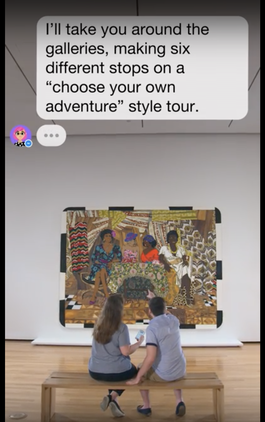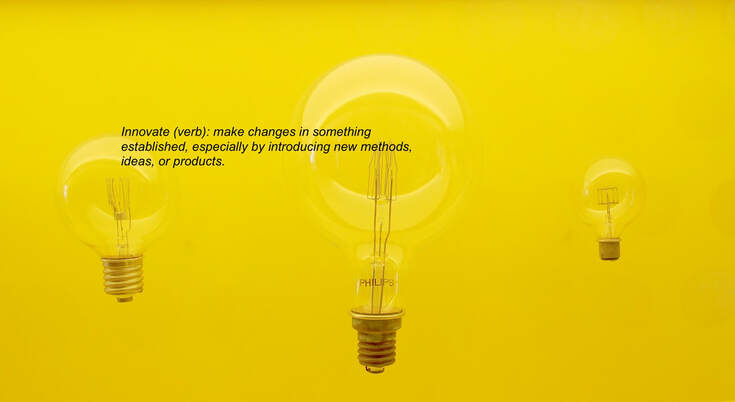|
This post explores what it means for museums to be innovative in today’s digital culture, and describes unique, forward-thinking programs and initiatives in five different museums. What does it mean for a museum to be innovative? When thinking of innovative companies and institutions, Amazon comes mind, as does Apple, AirBnB, even Bank of America with its digital tools that support virtual banking (like depositing a check with a smart phone). I don’t usually associate museums with innovation. Words like staid, traditional and stoic seem to describe museums best, traditional ones at least. For the most part, cultural institutions are not leading the way in offering guest-centric, unique, user-friendly experiences. I was reminded of museums’ status as ‘traditional’ institutions in Successful Museum Management a course I’m taking with Northwestern’s Museum Studies certificate program. The instructor, a museum director of a small museum, shared a graphic illustrating strategic planning elements for museums (below); the graphic shows the mission statement and values lasting for 100 years (!).  Image from YouTube video describing how 'Dot' the digital tour guide works through Facebook Messenger app for Akron Museum of Art Image from YouTube video describing how 'Dot' the digital tour guide works through Facebook Messenger app for Akron Museum of Art A mission statement steers the ship so to speak. Yet a hundred years seems eons in today’s fast-paced environment when technology is drastically changing consumer behaviours. Yet it doesn’t mean that organizations can't adapt with shorter-term goals and objectives. A recent article by an experienced museum practitioner discussed the need for adaptable strategic planning, more importantly, the need for a responsive, flexible mindset that's open to change. Easier said than done, change is hard. Yet, one only needs to look at how retail has changed over the last couple of years, the number of big retailers are defunct due to shifts in customer purchase behaviours, for example Toys R Us, Sears, K-mart and others, to see how inability to adapt led to an at-risk business model. Cultural institutions are just as vulnerable. So how do museums adapt, become agile organizations? I don’t work in the museum sphere, but I do know that it’s leaders of organizations who act as visionaries, who assess opportunities and strengths within their organization that can lead an organization to sustainability; who know how to leverage people and resources effectively, are responsive to the environment, can create and implement strategies that meet the needs of customers (visitors) and employees. Below are examples of museums that are innovating—are trying new, unique initiatives that disrupt traditional ways of operating. One project listed (SFMOMA’s app), is no longer operating as it was intended at launch, yet I still included it, as it’s a constructive example of how initiatives can be at risk without the support of resources and/or leaders who aren't able to adapt to change. Grading Art: The ‘D’s Gotta Go
The Non-Curator Curated Exhibit
Fire the Curators
“Alexa, What IS This”?
At San Fransisco Museum of Modern Art (SFMOMA) Tech Goes Awry
As we’ve seen with this selection of five unique initiatives, innovation IS happening within cultural institutions, change is afoot with much to look forward to. As in any industry, there are leaders and laggers, I’m going to keep my eye on the leaders and see where it takes us! Related Posts
0 Comments
Your comment will be posted after it is approved.
Leave a Reply. |
Museums for Real is a blog with insights and ideas on how to make museums relevant and enjoyable for everyone.
|

